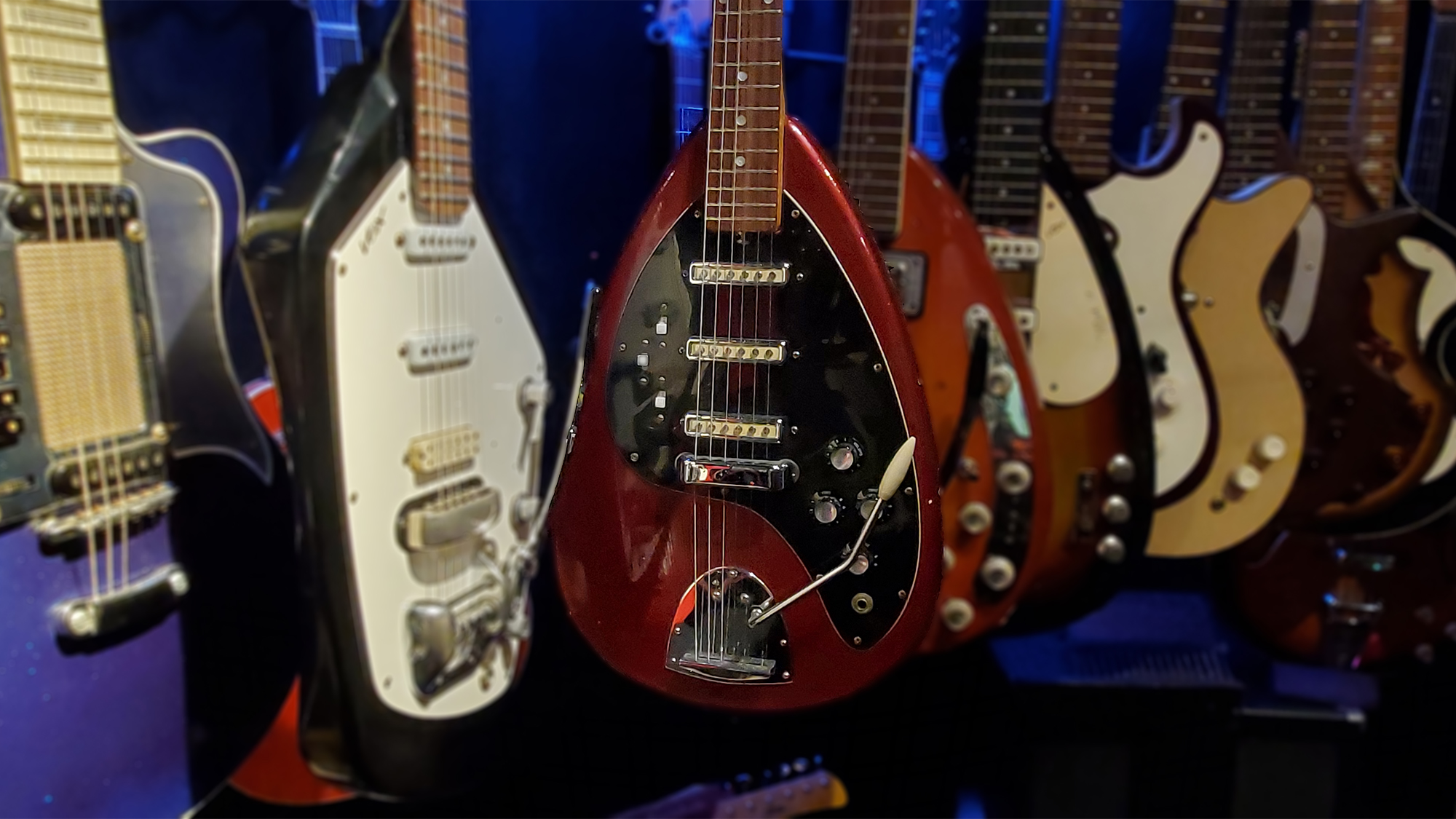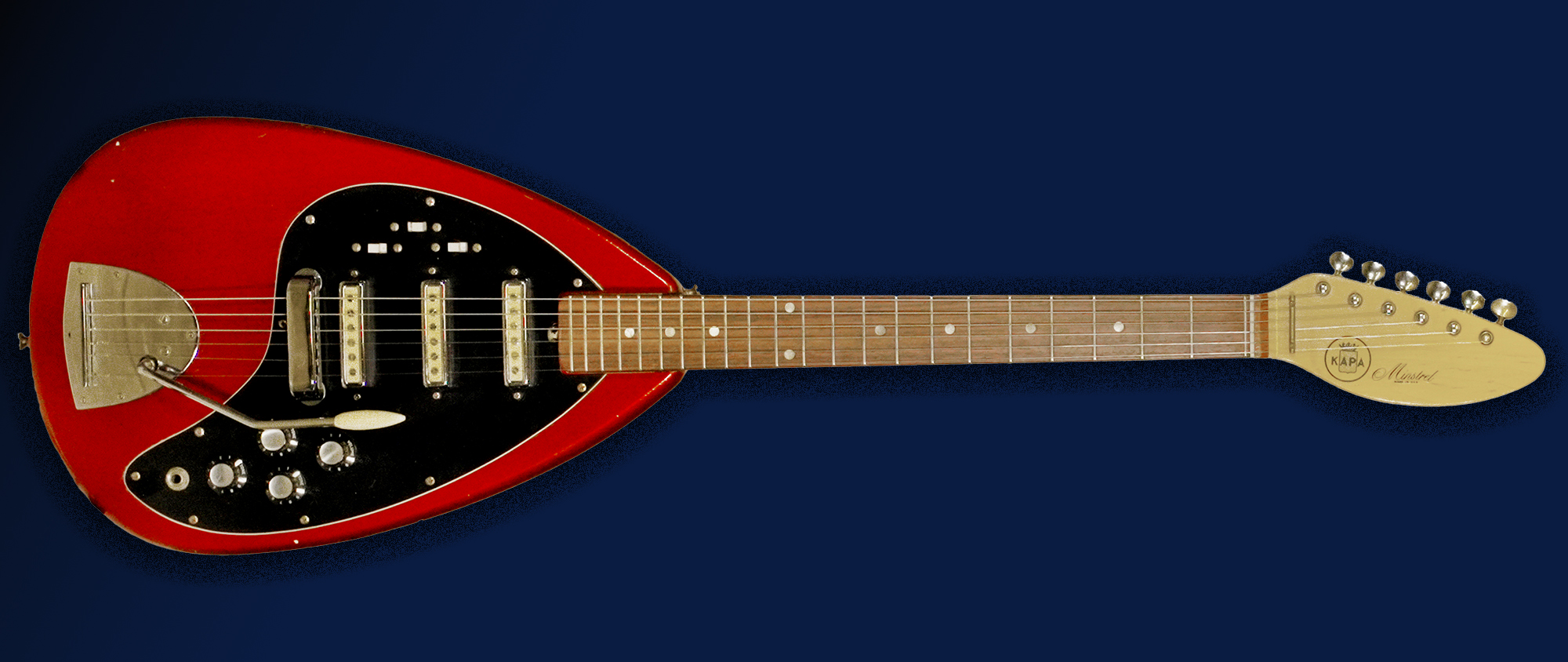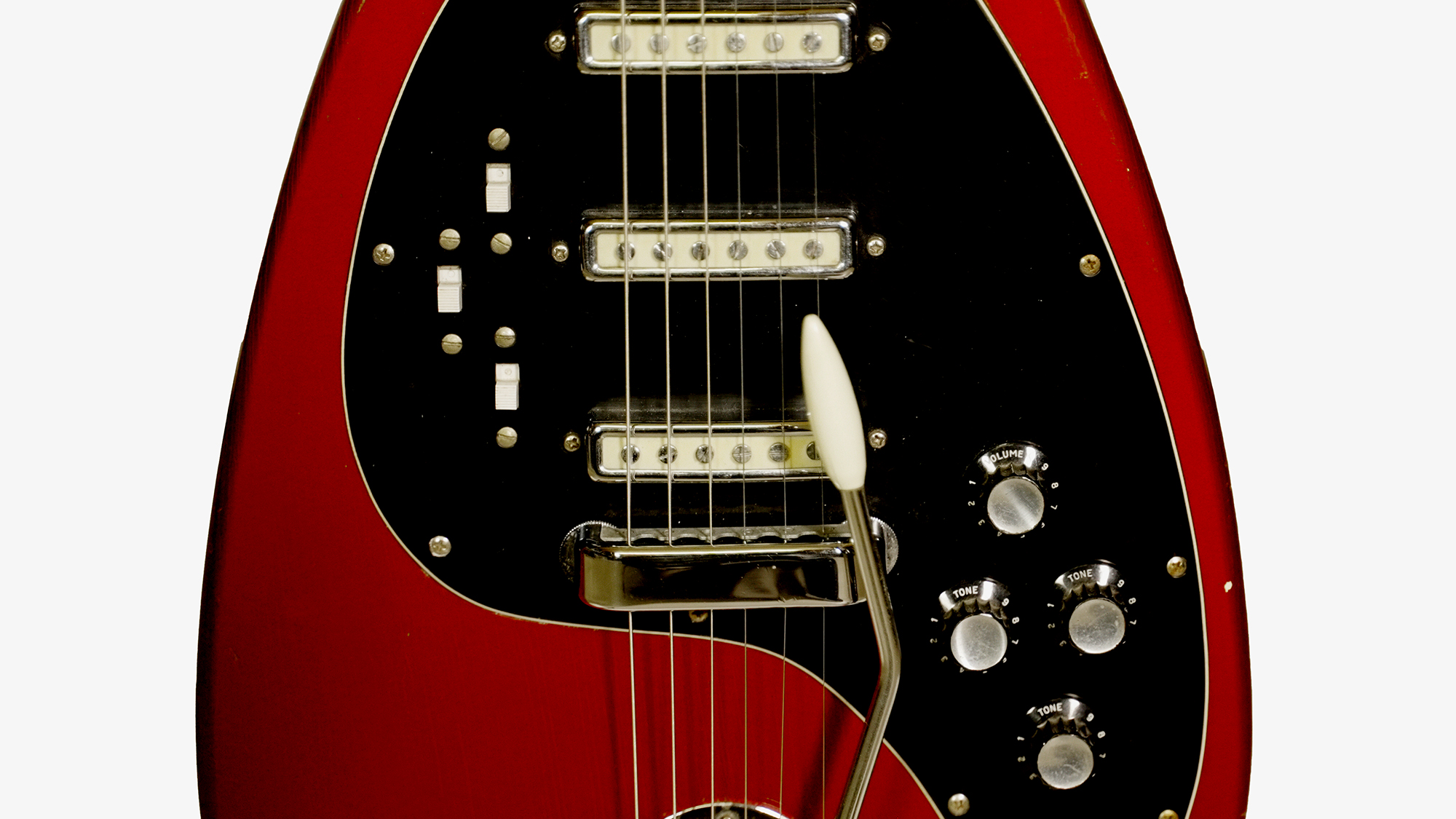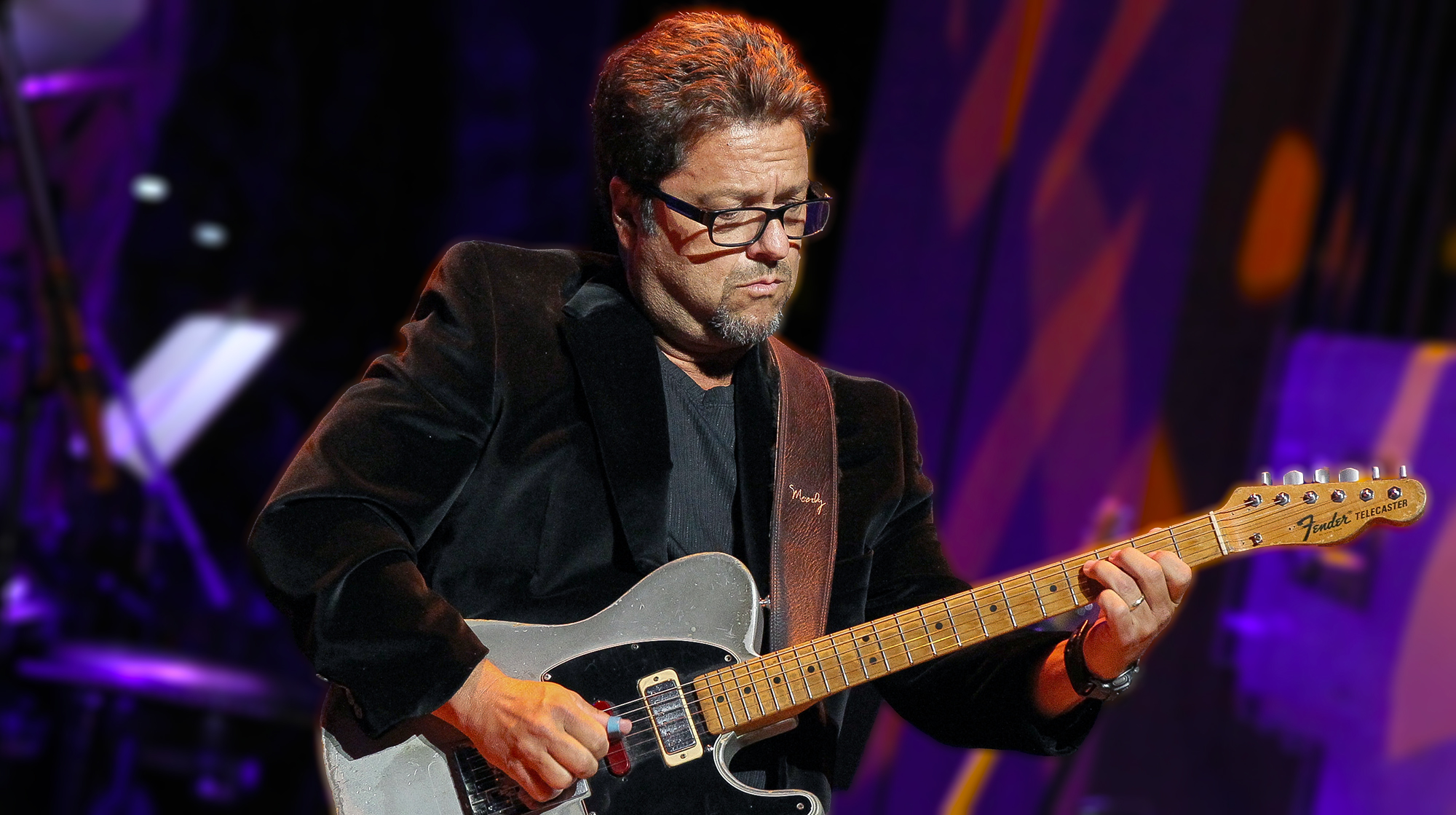“They’re well-built guitars and sound great. The real surprise is why more guitarists don’t know about them today.” This 1965 budget axe is a vintage gem that’s becoming a hot commodity — and for good reasons
Made with bodies fashioned in the U.S., KAPA brand guitars employed necks, electronics and hardware from a range of overseas vendors, including Vox and Höfner

Sometimes it just takes one guitarist playing one guitar at the right time to turn that instrument into a legend. Think Jimi Hendrix setting fire to his Fender Stratocaster at Monterey Pop, Paul McCartney plucking his Höfner 500/1 violin bass guitar on The Ed Sullivan Show or Jack White fretting his Res-O-Glas Valco Airline JB Hutto in the video for the White Stripes’ “Seven Nation Army.”
In fact, had the Rolling Stones’ Brian Jones never sported his ever-so-British Vox Mark VI electric guitar in the group’s TV appearance back in the early ’60s, the teardrop body shape might not have caught on so well and become the target of many copies, like the 1965 KAPA Minstrel shown here.
KAPA Guitars were made and designed by Koob Veneman, a second-generation luthier from Holland who was the owner of Veneman's Music Emporium, a musical instrument store in Silver Spring, Maryland. The company name was actually an acronym made from the names of his family: Koob; his son, Albert; his daughter, Patricia; and his wife, Adeline.

Veneman took what was, for its time, a novel approach to his builds. He made his guitar bodies in the back of his music store at first, largely by copying the familiar body shapes of Fender, Gibson and Vox models. The necks and electronics were purchased from a range of makers, including Italy’s Eko, England’s Vox, Germany’s Höfner and Japan’s Teisco.
The line caught on, and production expanded to a shop some 20 minutes away from the store, in Edmonston, Maryland. At one point KAPA was producing some 500 guitars a week.
Six years later, the run came to an end. Veneman sold his remaining stock to Microfrets and Mosrite.
While you might expect a 1960s knock-off guitar to suffer in quality, the KAPA Minstrel is anything but a cheap copy. They’re well-built guitars and sound great. The real surprise is why more guitarists don’t know about them today.
All the latest guitar news, interviews, lessons, reviews, deals and more, direct to your inbox!
Given the catch-as-catch-can nature of Veneman’s builds, it’s not surprising that the pickups, necks and hardware found on KAPA guitars vary wildly according to the model and year.
As for this 1965 Minstrel, it has a Vox-like super-skinny neck, but its pickups are decidedly Teisco. If you’ve ever played a Mosrite, Vox or Rickenbacker electric from the 1960s, you’ll understand how thin the neck is. It’s likewise narrow side-to-side. Not counting the zero fret, the maple neck has 22 low-profile frets set into a thin slab of rosewood. The action is low and plays fast, with no buzzing all the way up to the high D on the 22nd fret.
The knobs are trippy and comprise a global master volume and three tone controls, one per pickup, with rocker switches for each. It’s a cool arrangement that allows settings that aren’t typically available on three-pickup guitars, such as the neck-and-bridge combo for out-of-phase sounds and all three pickups at once.

The open tuners still work smoothly, as does the Jazzmaster-style vibrato bar. They’re usually missing from vintage guitars, but there’s a good reason you’ll almost always find a vibrato bar on a Minstrel: The bar screws into a nut and bolt that can only be accessed if you take the whole trem unit off. How’s that for solid design?
Additional nice features include an intonatable bridge and a truss rod that’s accessible at the heel of the neck. The headstock has a towel-rack string retainer to help keep tension on the strings — a necessity, as the headstock isn’t angled back.
As for its sound, the Minstrel’s tone isn’t exactly unique, but — with the three tone knobs and a choice of seven pickup settings — it’s diverse and has everything you need to get through a gig. The clean tone works well for everything from folk to funk to surf, but the magic kicks in when you add overdrive — every setting sounds great, making the Minstrel an ideal choice for covering tunes by the Kinks, the Who and Led Zeppelin.
When it came out in 1965, this KAPA Minstrel cost about $135. While I paid only a few hundred for mine, this same guitar could set you back about a thousand on the used market today, or even more from a dealer that’s done some restoration work on it. The rising prices are a good indicator of how well they play and how good they sound.
If you’re looking a vintage electric guitar that’s light, looks cool, plays great and is mostly American made, the KAPA Minstrel is worth looking for.
